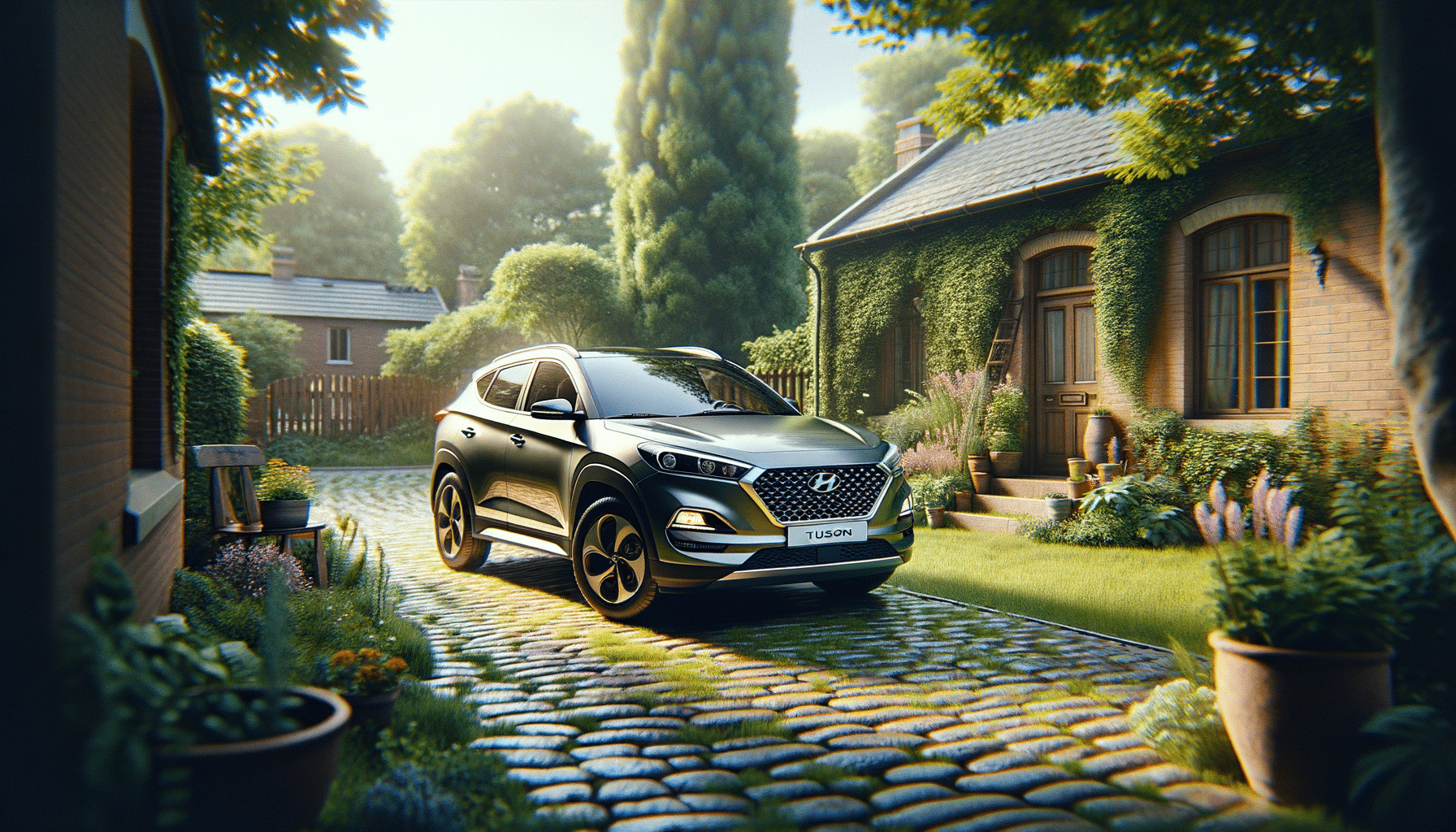
Guide to Finding a Hyundai Tucson for Sale
Introduction
When considering a new vehicle purchase, the Hyundai Tucson stands out as a versatile and appealing option. Understanding the various aspects such as pricing, financing options, and the pros and cons of new versus used models can significantly impact your decision-making process. This guide delves into these crucial elements, helping you make an informed choice.
Pricing and Financing Options
Navigating the financial landscape of buying a Hyundai Tucson involves understanding both the pricing structure and available financing options. The initial cost of a Hyundai Tucson can vary significantly based on the model year, trim level, and any additional features you may choose. Typically, newer models will demand a higher price, reflecting technological advancements and enhanced features.
Financing options are plentiful and can cater to diverse financial situations. Many dealerships offer in-house financing, which can simplify the purchasing process. Additionally, banks and credit unions are viable options for securing a loan. Key factors to consider when looking at financing include the interest rate, loan term, and any associated fees.
Leasing is another option for those who prefer lower monthly payments and the ability to switch to a new vehicle every few years. However, it’s important to be aware of mileage limits and potential fees for excessive wear and tear. Ultimately, the right choice will depend on your financial goals and personal preferences.
Used vs New: Weighing the Pros and Cons
Choosing between a new and used Hyundai Tucson involves weighing several factors. A new Hyundai Tucson offers the latest in safety features, technology, and warranty coverage, which can provide peace of mind. However, this comes at a higher upfront cost and potentially higher insurance rates.
On the other hand, a used Hyundai Tucson can be a more budget-friendly option. Depreciation has already occurred, meaning you can often find a well-equipped model at a significantly reduced price. Additionally, insurance rates tend to be lower for used vehicles. However, it’s crucial to consider the vehicle’s history, wear and tear, and the remaining warranty, if any.
Both new and used options have their merits, and the decision largely depends on your budget, preferences for the latest features, and willingness to take on potential maintenance costs.
Key Features of the Hyundai Tucson
The Hyundai Tucson is renowned for its array of features that enhance both comfort and safety. Modern models come equipped with advanced driver-assistance systems, including lane-keeping assist, adaptive cruise control, and automatic emergency braking.
Inside, the Tucson offers a spacious interior with high-quality materials and a user-friendly infotainment system. Features such as Apple CarPlay and Android Auto integration, a touchscreen display, and Bluetooth connectivity are standard in most models, ensuring a connected and enjoyable driving experience.
For those seeking additional comfort, higher trims may include leather upholstery, a panoramic sunroof, and a premium audio system. These features make the Tucson a compelling choice for families and individuals alike, balancing practicality with luxury.
Conclusion
In conclusion, purchasing a Hyundai Tucson involves several considerations, from understanding pricing and financing options to deciding between a new or used model. By carefully evaluating these factors, you can find a Tucson that aligns with your needs and budget. Whether you prioritize the latest features or value for money, the Hyundai Tucson offers a versatile solution for a wide range of drivers.


